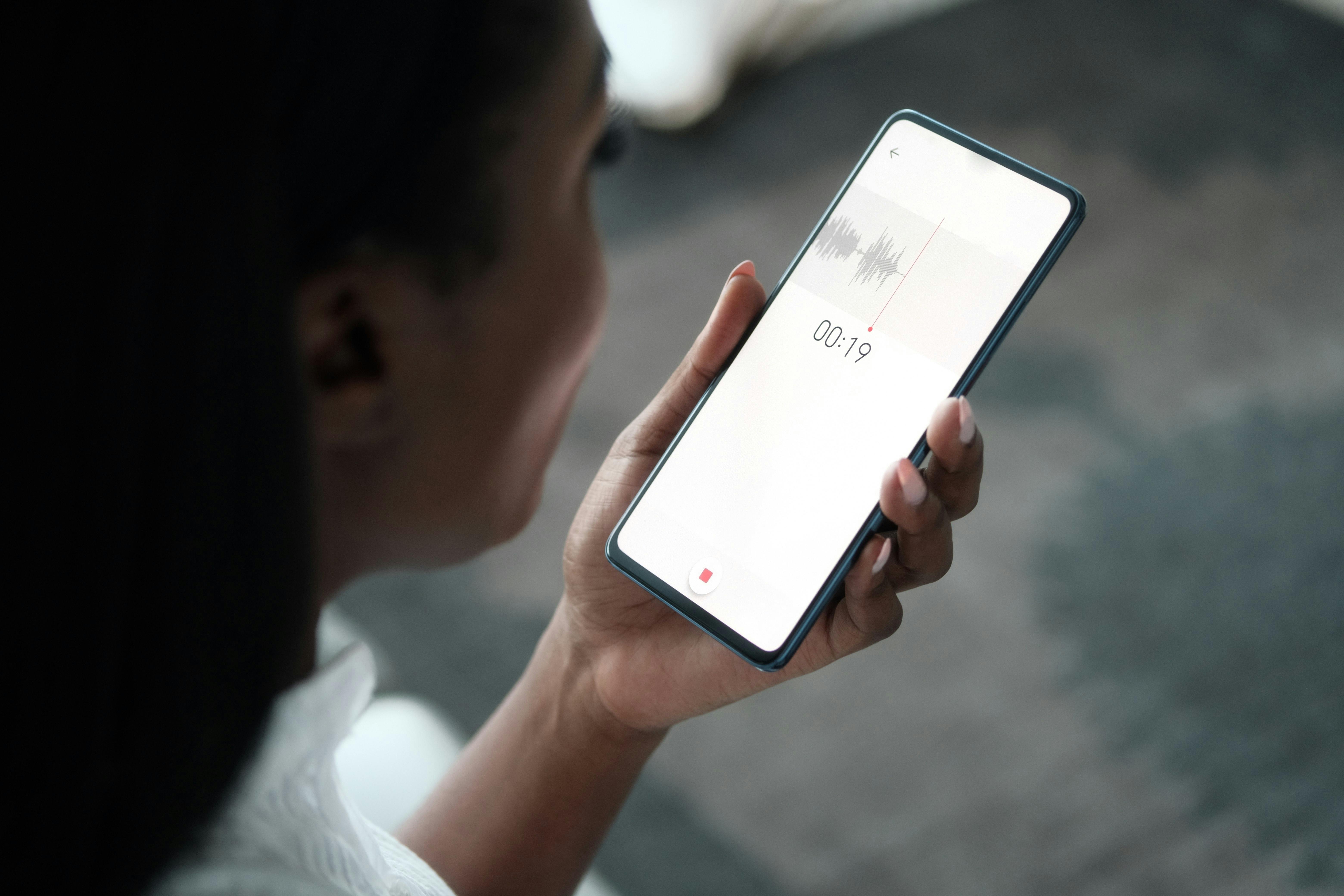Forget bloodwork, this tool screens for diabetes using just your voice
A no-blood-involved, at-home type 2 diabetes test may be closer than ever. You’ll never guess how it works.
All you need? Your smartphone and your vocal cords.
Researchers from Klick Applied Sciences have developed a tool that can help diagnose the condition with just a smartphone voice recording.
This tool is fascinating. And what it indicates about the voice-based medical technology market is pretty interesting as well. Let’s dive in.

Finding diabetes in the voice
The Klick researchers’ AI model requires just under-ten-second voice clips. The study authors claim that the tool works both for men and women, with accuracies of 86% and 89% respectively.
But how does this technology work?
The researchers trained their model on short voice clips from previously diagnosed type 2 diabetes patients and a control group. The participants used a smartphone app to record themselves saying a single, fixed phrase between six and ten seconds long. They repeated this process up to six times a day for two weeks.
The results? A training dataset of 18,465 recordings, with 14 different acoustic characteristics to analyze. Importantly, many of the changes in these characteristics cannot be perceived by the human ear.
The resulting model found that, for most women, the telltale diagnostic characteristic was related to pitch. For men, changes in voice strength or amplitude were what determined the model’s diagnosis.
Why the voice?
If you’re not an endocrinologist, you may wonder why this condition would leave breadcrumbs in the human voice.
There are a couple of ways in which type 2 diabetes can impact the voice:
- Elevated blood sugar can change vocal cord elasticity
- Long-untreated type 2 diabetes can lead to peripheral neuropathy, a symptom of which can be hoarseness
- Patients with diabetes-related myopathy have an increased prevalence of voice disorders due to muscle weakness in the larynx
Plus, the voice is an aspect we can collect extensive data on without the need for invasive testing—or even leaving your couch.
The new frontier of voice-based diagnostics
Even if it’s not the primary or final mode of diagnosis, voice recordings are an incredibly accessible screening tool.
“There is a significant need for patient screening in the diabetes space, and that access to healthcare may be a limiting factor for some individuals to receive a diagnosis,” lead author Jaycee M. Kaufman said.
With this technology, the Klick team hopes that patients will be able to take their health into their own hands, screening themselves at home and bringing the results in to their primary care provider for confirming labs.
Plus, patients with confirmed diagnoses may even be able to use the technology to monitor their condition. It can be an additional, easy tool for providers to see how their patients are doing with their blood sugar control.
The accessibility of voice-based diagnosis makes it a compelling tool for preventive health.
Diabetes isn’t the only condition researchers and innovators are looking to diagnose with voice recordings:
- Weill Cornell Medicine researchers have been building a human voice database. They plan to use AI to find connections between the voice and diseases ranging from Alzheimer’s to cancer.
- Sonde Health has been using voice recordings to help users monitor their mental and respiratory health.
- Brazilian researchers have even proposed using voice recordings in the diagnosis of COVID-19.
We’re excited to watch the developments in this field, especially as voice analysis gets better and better with advancements in AI.